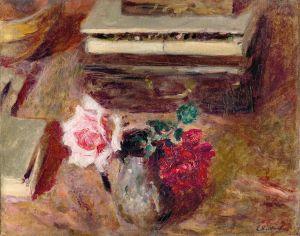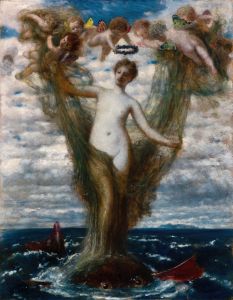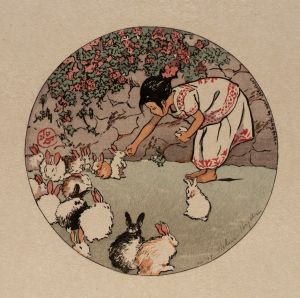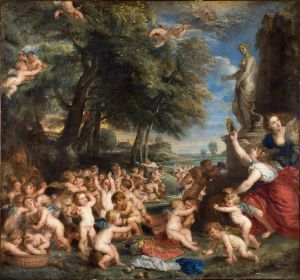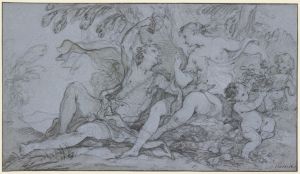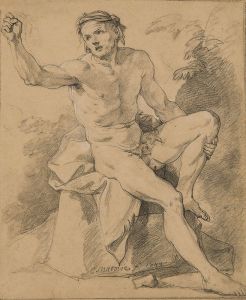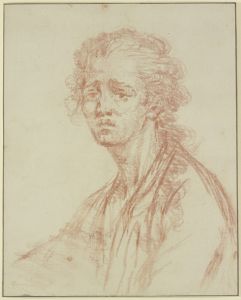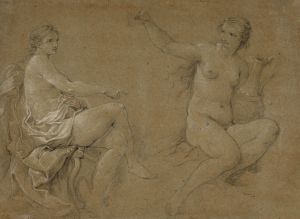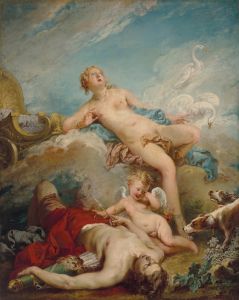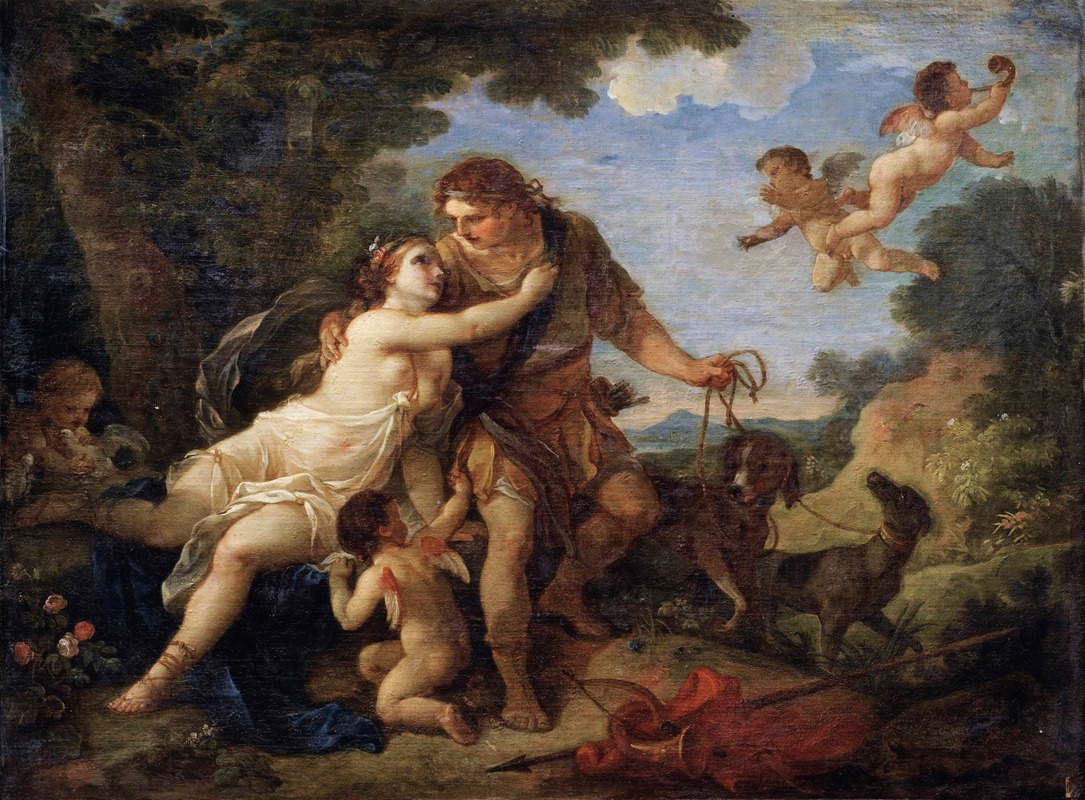
Venus And adonis
A hand-painted replica of Charles-Joseph Natoire’s masterpiece Venus And adonis, meticulously crafted by professional artists to capture the true essence of the original. Each piece is created with museum-quality canvas and rare mineral pigments, carefully painted by experienced artists with delicate brushstrokes and rich, layered colors to perfectly recreate the texture of the original artwork. Unlike machine-printed reproductions, this hand-painted version brings the painting to life, infused with the artist’s emotions and skill in every stroke. Whether for personal collection or home decoration, it instantly elevates the artistic atmosphere of any space.
Charles-Joseph Natoire was an 18th-century French painter known for his contributions to the Rococo movement. One of his notable works is "Venus and Adonis," a painting that exemplifies the elegance and decorative style characteristic of the Rococo period. Natoire was born in 1700 in Nîmes, France, and he trained under prominent artists such as Louis Galloche and François Lemoyne. His education and early influences are evident in his mastery of form and color, which he applied to mythological and historical subjects.
"Venus and Adonis" is based on the classical myth from Ovid's "Metamorphoses," which tells the story of Venus, the goddess of love, and her mortal lover, Adonis. The myth is a popular subject in Western art, symbolizing themes of love, beauty, and the transient nature of life. Natoire's interpretation of this mythological tale captures the tender and tragic elements of the story.
In the painting, Venus is depicted as a figure of idealized beauty, embodying the Rococo fascination with grace and sensuality. Her expression and posture convey a sense of longing and affection towards Adonis, who is portrayed as a handsome young man. The composition of the painting is carefully balanced, with the figures of Venus and Adonis placed in a harmonious arrangement that draws the viewer's eye across the canvas. Natoire's use of soft, pastel colors and delicate brushwork enhances the romantic and ethereal quality of the scene.
The background of the painting features a lush landscape, typical of Rococo art, which often includes idyllic and pastoral settings. This backdrop not only provides a sense of depth but also complements the intimate interaction between the two main figures. The attention to detail in the depiction of foliage and natural elements reflects Natoire's skill in creating immersive and atmospheric compositions.
Natoire's "Venus and Adonis" is a testament to his ability to convey emotion and narrative through visual art. The painting reflects the Rococo era's emphasis on beauty, elegance, and the exploration of classical themes. Natoire's work was well-received during his lifetime, and he became a member of the prestigious Académie Royale de Peinture et de Sculpture in 1734. His contributions to the arts extended beyond painting, as he also worked on decorative projects, including the design of tapestries and interior decorations.
Today, Charles-Joseph Natoire is remembered as one of the key figures of the Rococo movement, and his works continue to be studied and appreciated for their artistic merit and historical significance. "Venus and Adonis" remains an exemplary piece that showcases his talent and the aesthetic values of his time. While specific details about the painting's current location or provenance may not be widely documented, its impact on the art world is undeniable, reflecting the enduring appeal of mythological subjects in art history.





